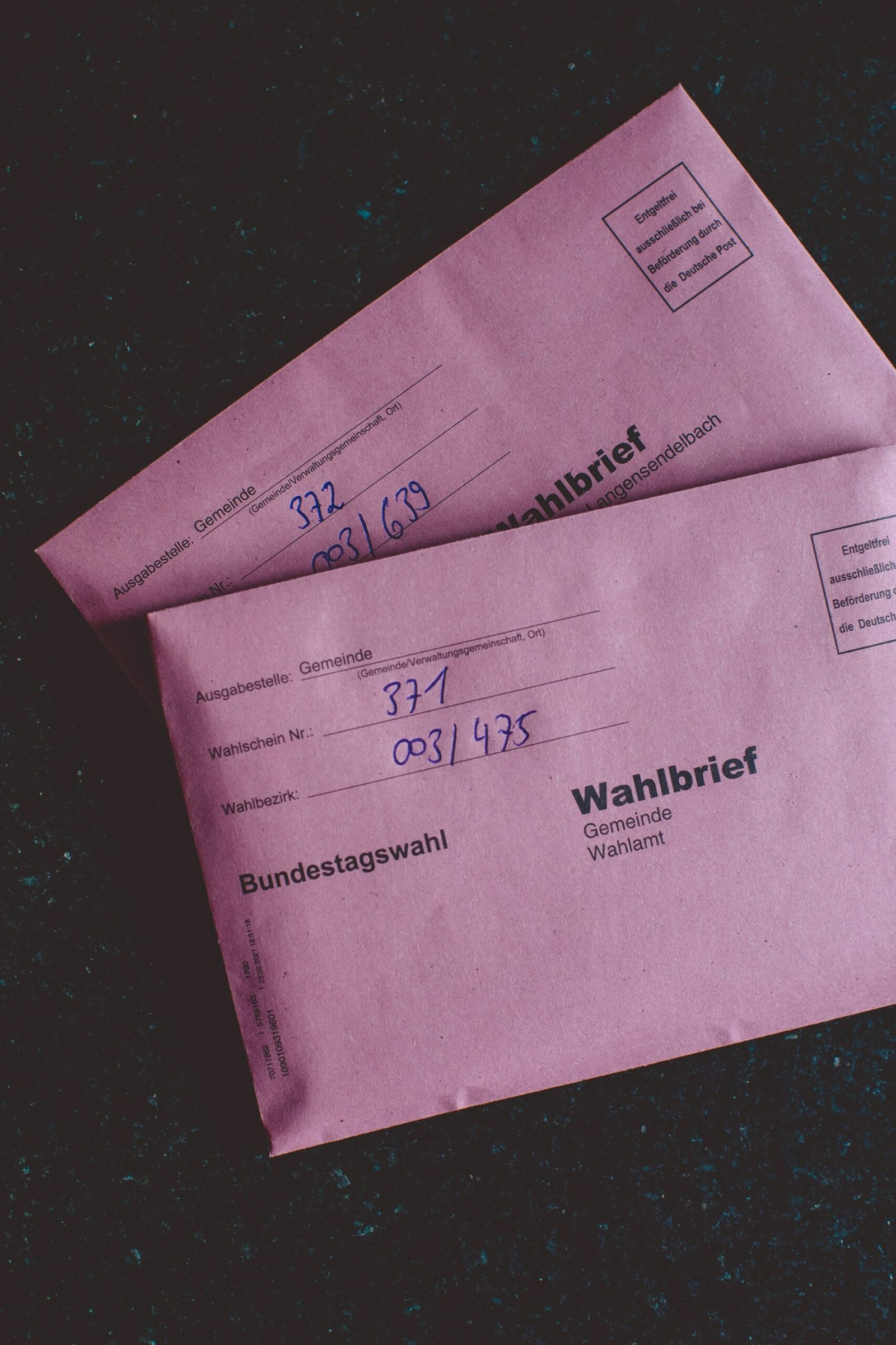Introduction
In today’s digital age, citizen participation is more important than ever for a thriving democracy. Citizen participation apps play a vital role in facilitating engagement and enabling citizens to have a voice in decision-making processes. However, the success of these apps depends greatly on their user interface (UI) and user experience (UX) design. In this blog post, we will explore some innovative UI/UX strategies that can enhance civic engagement in citizen participation apps.
1. Intuitive and User-Friendly Design
The first step in fostering civic engagement is to ensure that the app is intuitive and user-friendly. Citizens should be able to navigate the app effortlessly and find the information they need quickly. A clean and clutter-free design with clear navigation menus and intuitive icons can greatly enhance the user experience. Additionally, incorporating user feedback and conducting usability testing can help identify areas for improvement and optimize the app’s design.
2. Personalization and Customization
Citizen participation apps should provide users with the ability to personalize and customize their experience. Allowing users to choose their preferred language, notification settings, and interests can make the app feel more tailored to their needs. Personalization features can also include the option to create user profiles, track participation history, and receive personalized recommendations for relevant events or initiatives. By giving users control over their experience, the app becomes more engaging and encourages continued participation.
3. Gamification
Gamification techniques can be an effective way to motivate and engage citizens. By incorporating game elements such as badges, leaderboards, and rewards, citizen participation apps can make the experience more enjoyable and encourage users to actively participate. For example, users can earn points or badges for completing certain tasks or participating in specific events. This not only incentivizes engagement but also fosters a sense of competition and community among users.
4. Seamless Communication Channels
Effective communication channels are crucial for citizen participation apps. Users should be able to easily connect with government officials, community leaders, and other citizens. Incorporating features such as chatbots, forums, or direct messaging can facilitate open and transparent communication. Additionally, providing real-time updates and notifications about upcoming events, policy changes, or community initiatives can keep users informed and engaged.
5. Data Visualization
Data visualization is a powerful tool for citizen participation apps. Presenting complex data in a visually appealing and easy-to-understand format can help citizens make informed decisions and understand the impact of their participation. Interactive charts, graphs, and maps can provide users with a comprehensive overview of the data, allowing them to explore trends, patterns, and correlations. This not only enhances the user experience but also promotes data-driven decision-making.
6. Accessibility and Inclusivity
To ensure that citizen participation apps are truly inclusive, accessibility features should be a priority. The app should be designed to accommodate users with disabilities, providing options for larger fonts, color contrast adjustments, and screen reader compatibility. Moreover, the app should be available in multiple languages and take into account cultural and linguistic differences. By making the app accessible to a diverse range of users, civic engagement can be extended to all members of society.
Conclusion
Incorporating innovative UI/UX strategies in citizen participation apps can significantly enhance civic engagement. By creating intuitive and user-friendly designs, personalizing the user experience, incorporating gamification techniques, facilitating seamless communication channels, utilizing data visualization, and ensuring accessibility and inclusivity, these apps can empower citizens to actively participate in decision-making processes. As technology continues to evolve, it is crucial to leverage these UI/UX innovations to foster a more engaged and participatory democracy.
Remember, the success of citizen participation apps lies not only in their functionality but also in their ability to engage and empower citizens. By prioritizing UI/UX design, we can create apps that truly enhance civic engagement and strengthen our democratic processes.












Leave a Reply